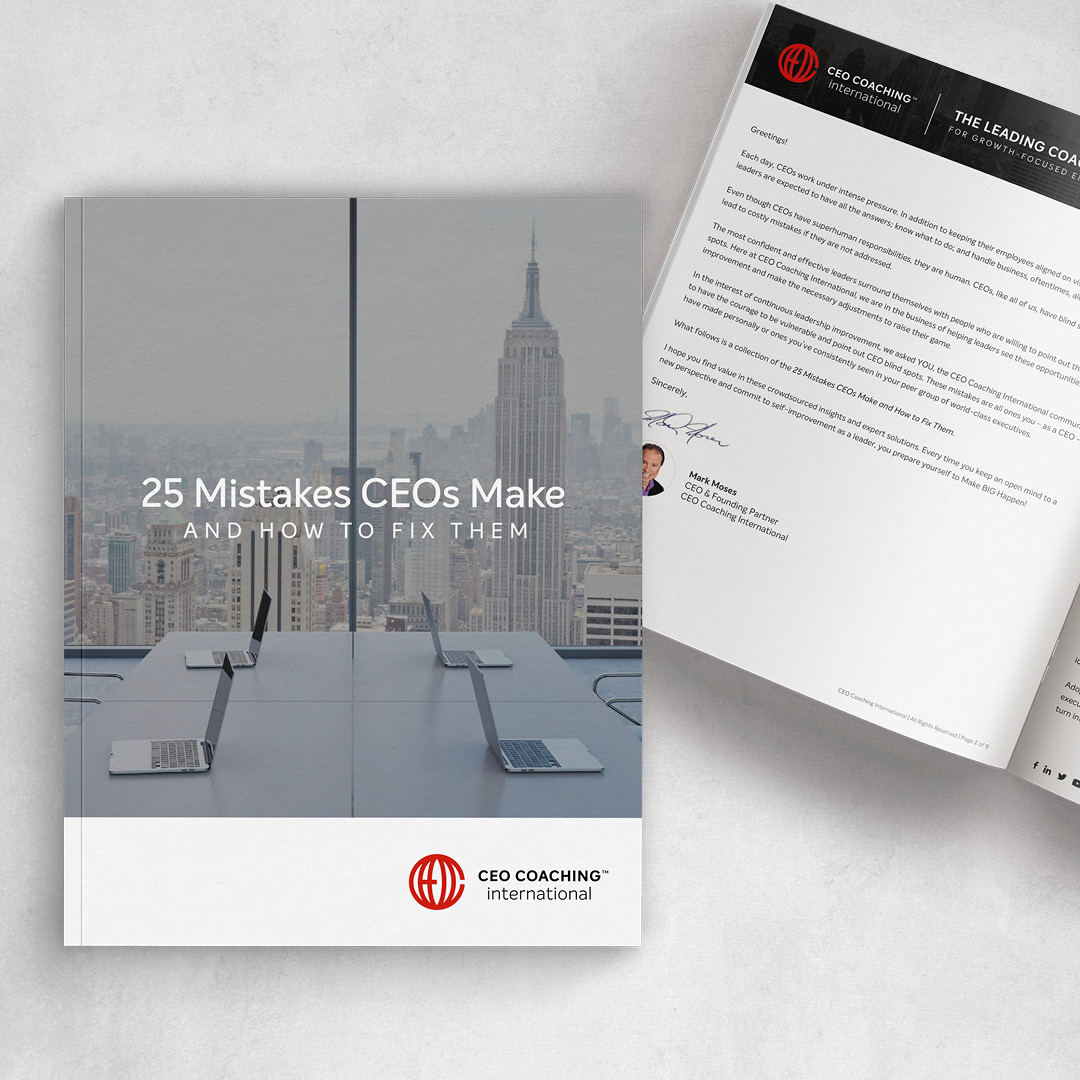CEOs deal with massive change and cope with stressful situations every day. On top of that, there is an expectation that strong leaders have all the answers, know what to do, and can handle challenges alone. The truth is: That’s a false expectation. That’s why we crowdsourced this collection of 25 Mistakes CEOs Make and How to Fix Them. These mistakes are all ones that the CEOs in our community have made personally or have consistently seen in their peer group of world-class executives.
Executive Coaching
Blog & Insights

5 Essential Skills for the Modern CEO in 2025
5 Essential Skills for the Modern CEO in 2025 At the beginning of 2025, we advised both our CEO coaching clien…
Read more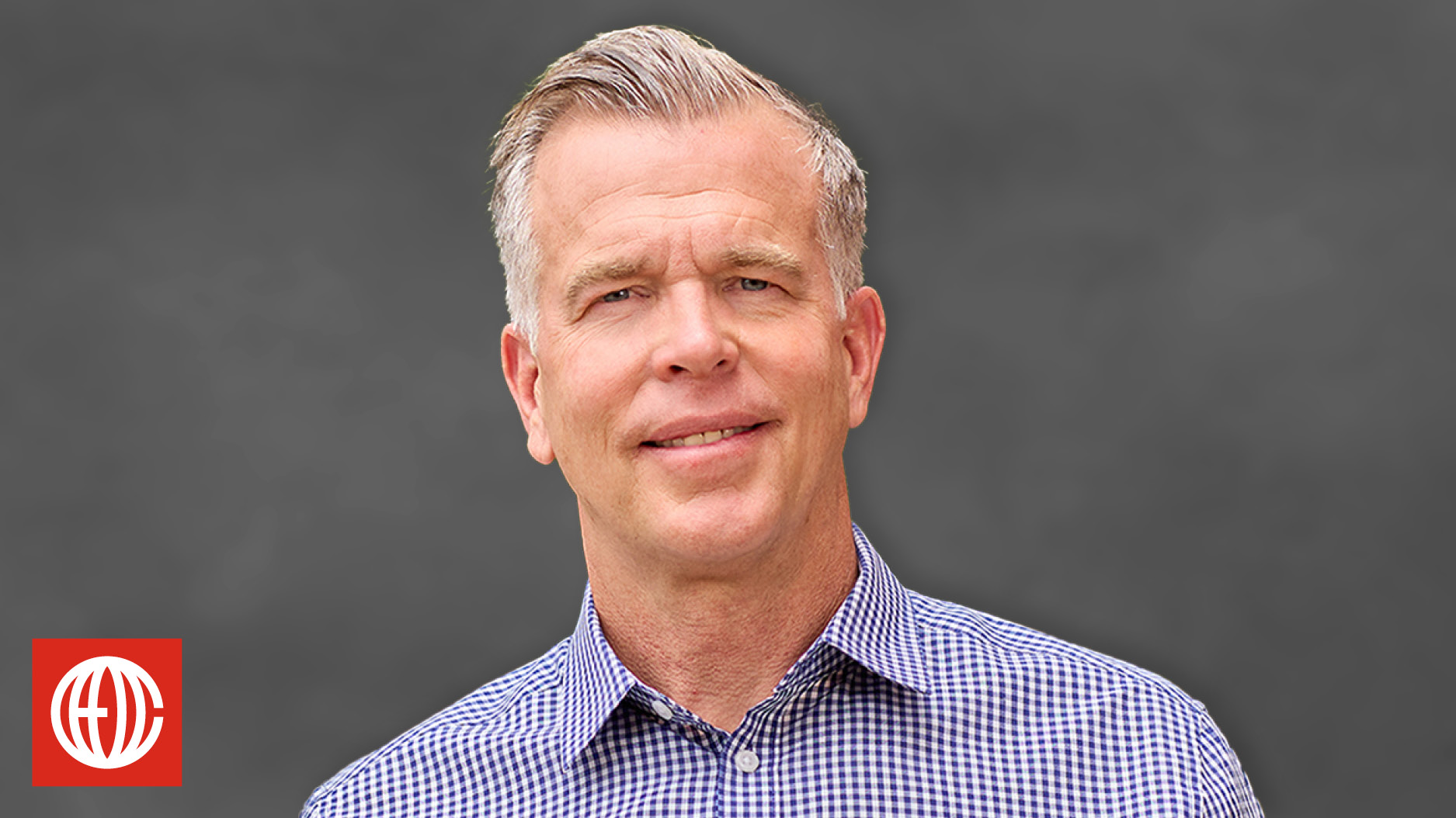
Former CEO of Juice It Up!, Etac/Convaid, and i…
Former CEO of Juice It Up!, Etac/Convaid, and iPourIt Joins CEO Coaching International as Partner and Coach MIAMI,…
Read more
The CEO’s Guide to Winning Over Boards, Investo…
CEO Coaching Int’l …
Read more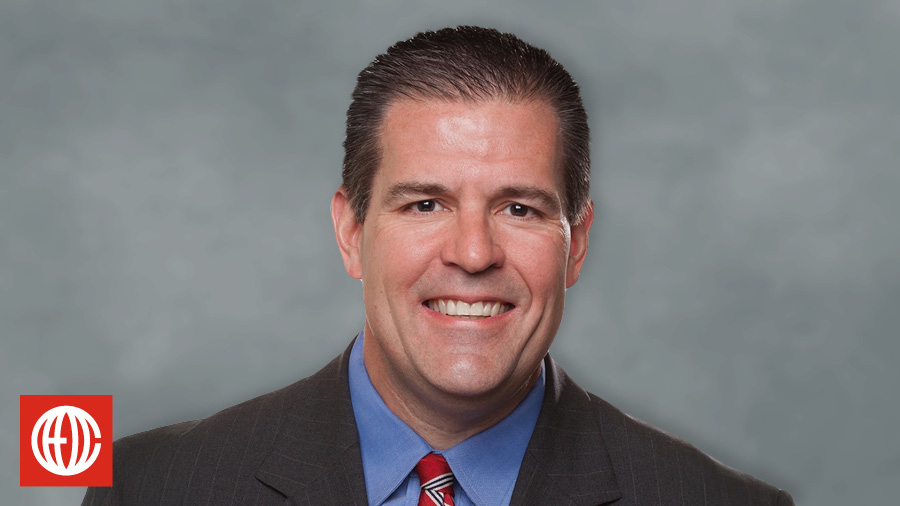
Former CEO of Hallmark and Crayola Joins CEO Co…
Former CEO of Hallmark and Crayola Joins CEO Coaching International as Partner and Coach MIAMI, February 26, 2025 …
Read more
4 Characteristics that Separate Good CEOs from …
CEO Coaching Int’l …
Read more
AI Integration for CEOs: Avoid the Hype and Bui…
CEO Coaching Int’l …
Read more
Global Water Tech Pioneer and Former CEO of Sun…
Global Water Tech Pioneer and Former CEO of Sunwell Technologies Joins CEO Coaching International as Partner and Coac…
Read more
How to Sell Your Business for Top Dollar: 4 Key…
CEO Coaching Int’l …
Read more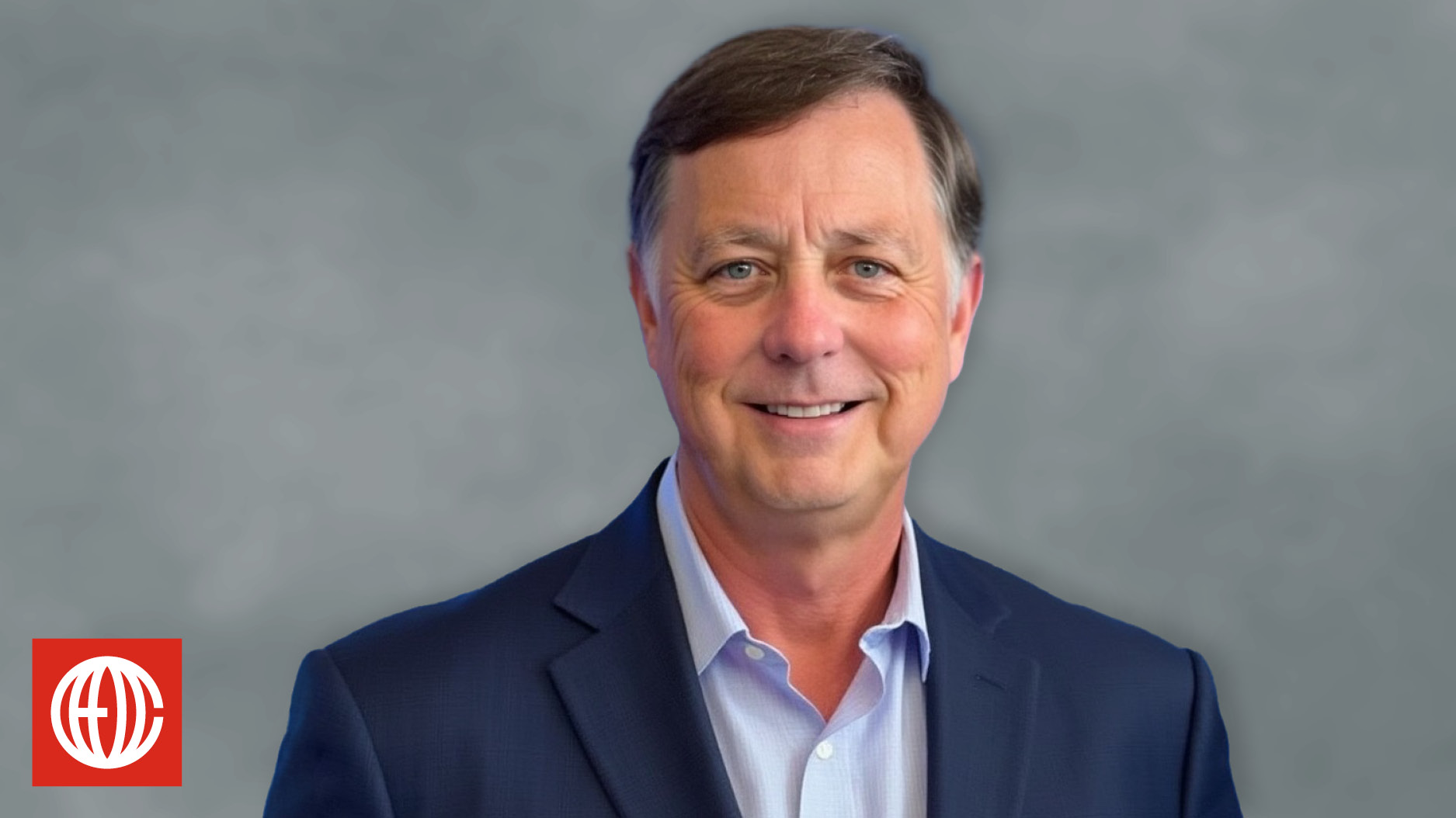
Former CEO of Lima One Capital Joins CEO Coachi…
Former CEO of Lima One Capital Joins CEO Coaching International as Partner and Coach MIAMI, February 12, 2025 – CE…
Read more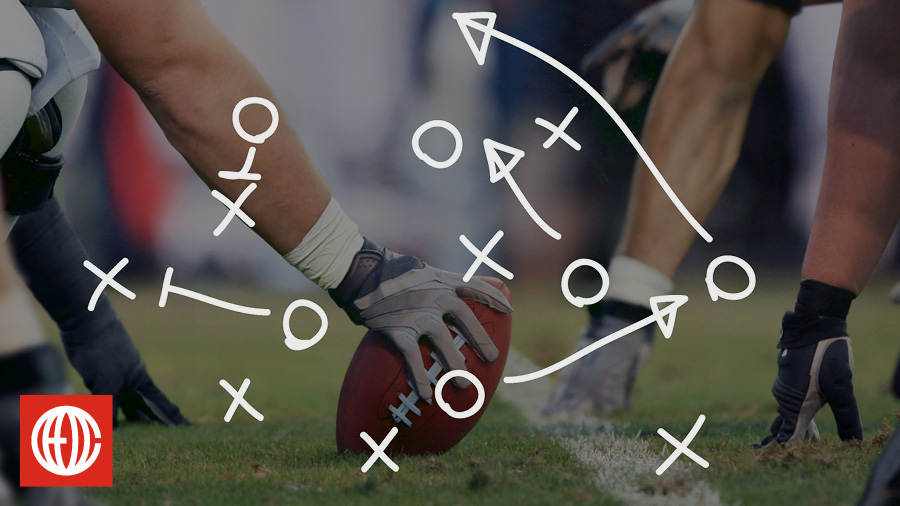
What CEOs Can Learn From NFL Game Plans to Buil…
What CEOs Can Learn From NFL Game Plans to Build Resilient Organizations In professional sports, as in busines…
Read more
What 8 Top CEO’s and Athletes’ DISC Profiles Sa…
From left to right: Larry Ellison: Photo by Oracle PR Hartmann Studios, licensed under CC BY 2.0 via Wikimedia Common…
Read more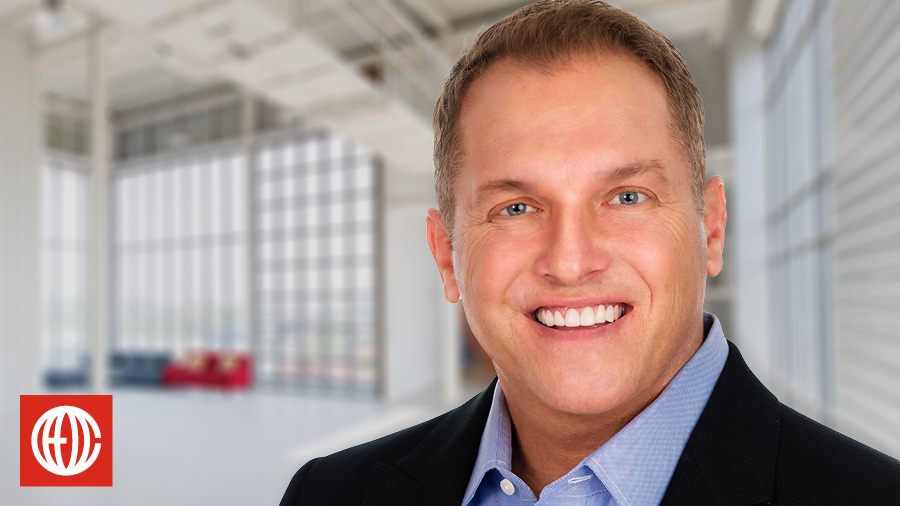
Make BIG Happen Summit Flashback: 4 Ways to Del…
CEO Coaching Int’l …
Read more